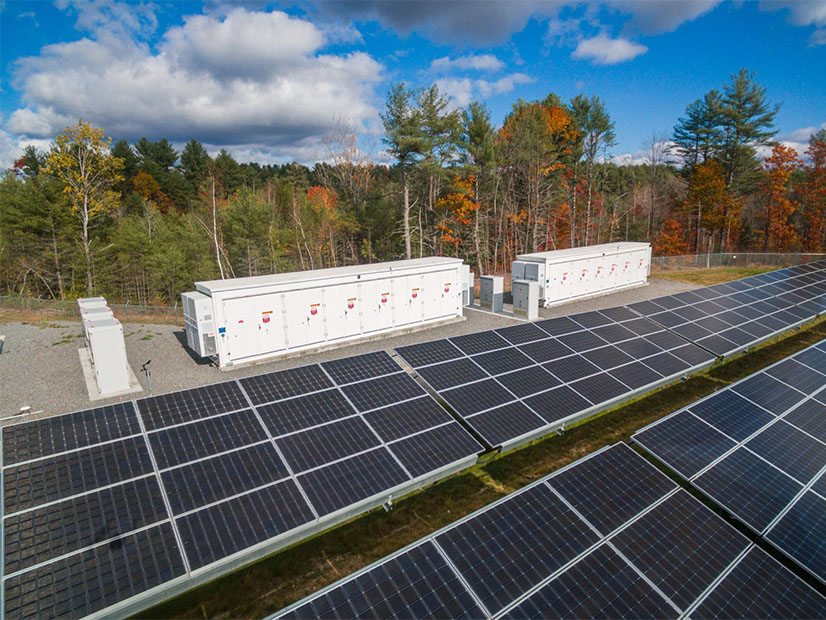
ISO-NE is narrowing down its options as it moves forward with revamping its process for resource capacity accreditation (RCA).
In a presentation to the NEPOOL Markets Committee last week, ISO-NE officials gave an update on their thinking, which included a firmer decision to work on a marginal reliability measure rather than other options, including an average approach.
The marginal approach, which ISO-NE has been leaning toward from the beginning, sets a resource’s accredited capacity based on the “marginal reliability impact [MRI] of an incremental change in size.” (See ISO-NE Starts its Capacity Accreditation Journey.)
In its latest update, the grid operator said that marginal approaches are the only ones that are truly cost-effective.
Because the average approach, which accredits resources based on their share of their class’s total reliability contribution, does not “yield substitutable accredited capacity, there is always a better way to set FCA [Forward Capacity Auction] awards that result in the same level of reliability at lower cost,” the RTO said in its presentation to the committee.
The marginal approach does put forward substitutable accredited capacity, so “there is not a better way to set FCA awards that result in the same level of reliability at lower costs.”
“As a result, the ISO cannot support a non-marginal approach to accreditation and will pursue an MRI approach as part of the RCA reforms,” said RTO economist Steven Otto.
NRDC Fleshes out Worries About MRI
The Natural Resources Defense Council had said previously that it was concerned that ISO-NE’s preferred method of measuring MRI undervalues clean energy resources’ contributions. (See NRDC: Early Worries About ISO-NE’s Capacity Accreditation Approach.)
At the MC meeting last week, the group backed that up with new numbers from an analysis that it commissioned from GE Energy Consulting.
“At high penetrations, average and marginal accreditation have vastly different results for clean energy resources,” the analysis says. In its model, renewables plus batteries under marginal accreditation would get capacity awards of about 2,200 MW less in 2028 and 6,400 less in 2040 compared to average accreditation.
“Socializing over half of the total reliability contributions of clean resources could result in a reduced market signal for reliability in clean resource selection and development,” the group said. It urged ISO-NE to thoroughly examine the tradeoffs between the two approaches and not dismiss the possibility of a hybrid between them.
NRDC also called on the grid operator to look at whether a seasonal capacity auction and capacity accreditation might be worth considering in light of the changes in seasonal peak load in New England.
Also at the MC meeting last week, RENEW Northeast gave a presentation laying out its own set of design principles for capacity accreditation and promising to use them to assess ISO-NE’s proposals down the line.

